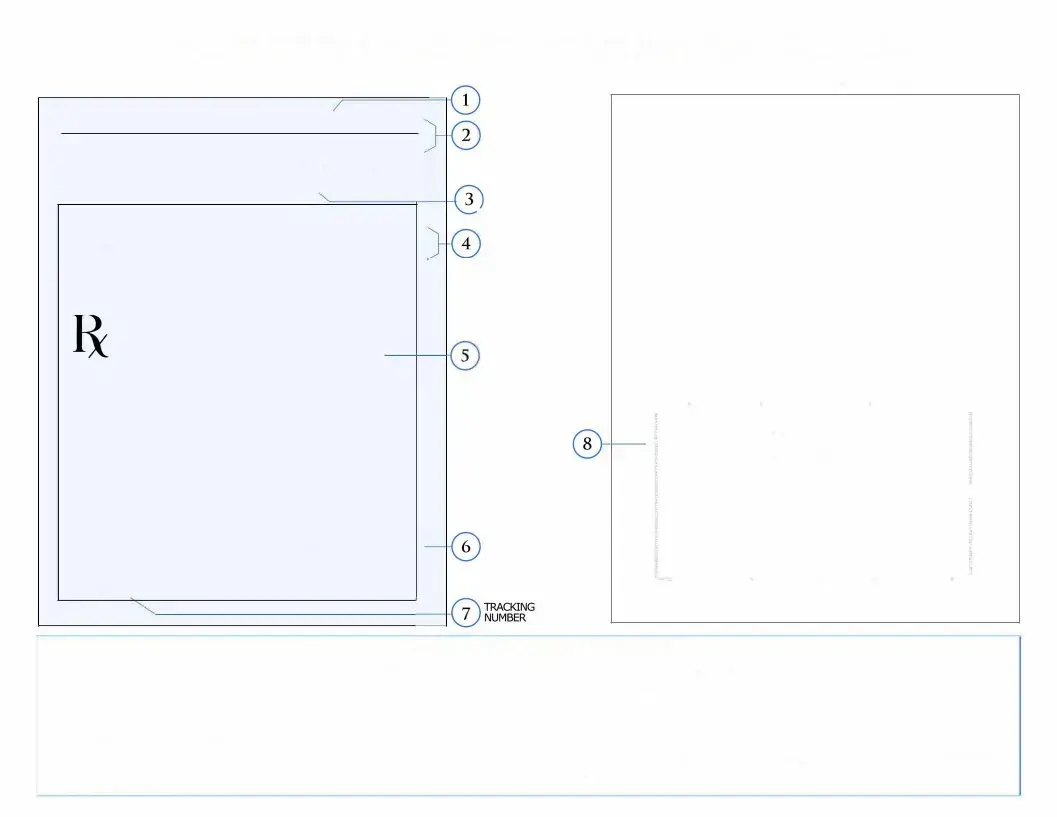The Prescription Pad form serves as a crucial tool in the healthcare system, streamlining the process of prescribing medication to patients. This form typically includes essential information such as the patient's name, date of birth, and contact details, ensuring that the prescription is accurately tailored to the individual. Additionally, it contains sections for the prescribing physician’s information, including their name, contact number, and medical license number, which helps maintain accountability and traceability. The medication details are prominently displayed, featuring the drug name, dosage, quantity, and instructions for use. Importantly, the form often includes a signature line for the physician, signifying their approval and responsibility for the prescription. Furthermore, many Prescription Pad forms are designed to comply with state regulations, which may vary, thereby ensuring that prescriptions are both valid and legal. Overall, this form is not only a means of communication between healthcare providers and pharmacies but also a vital component in safeguarding patient health and ensuring proper medication management.

